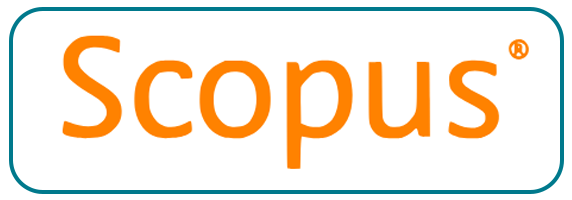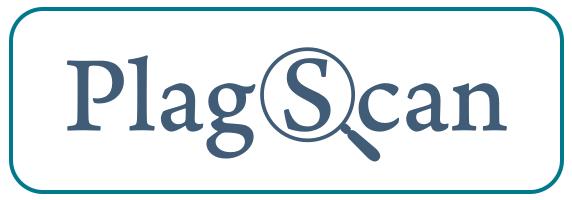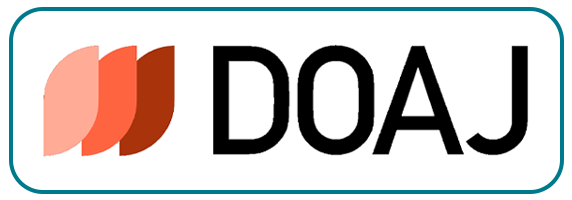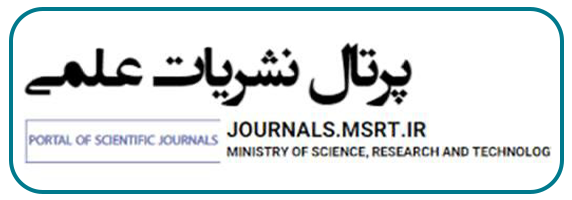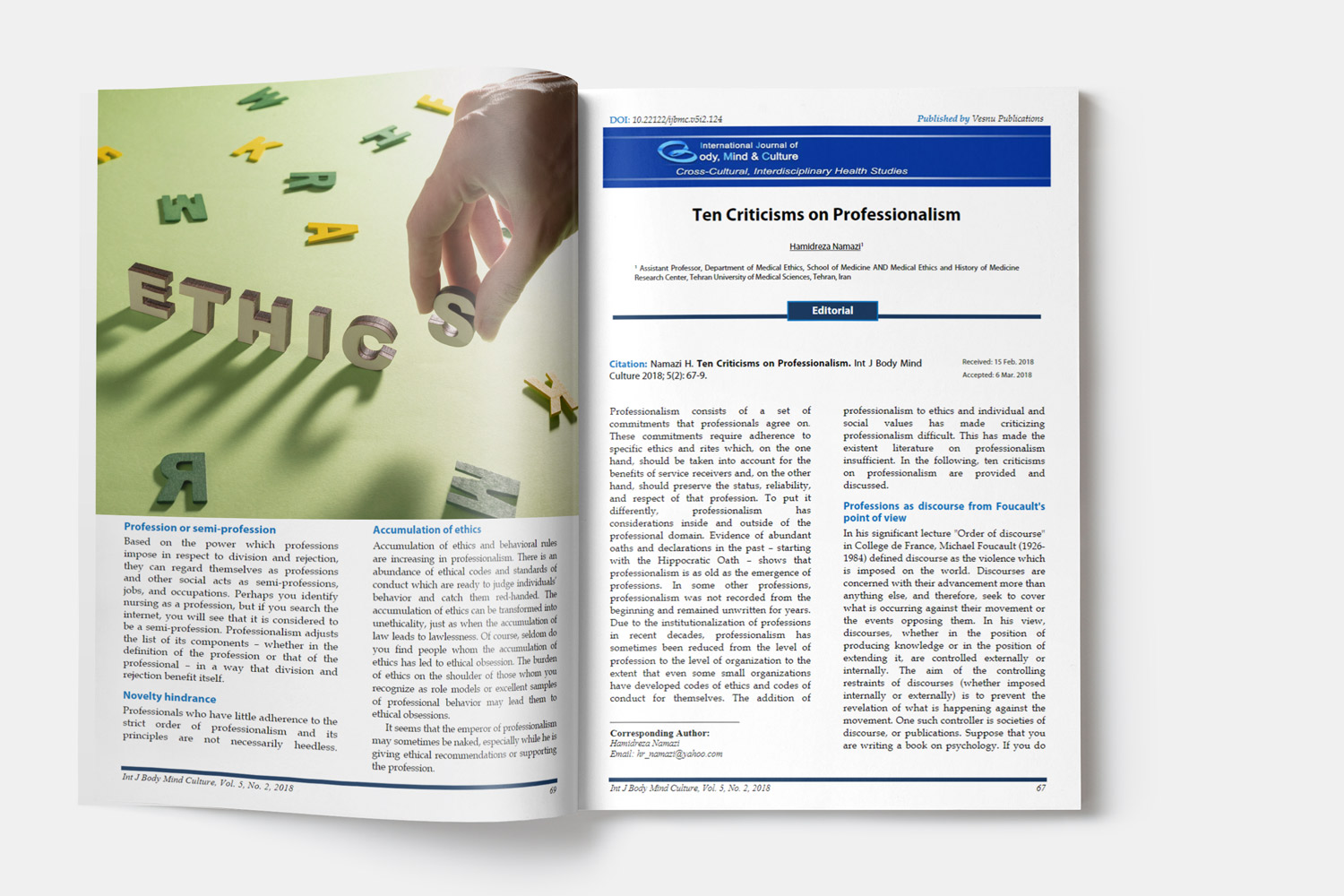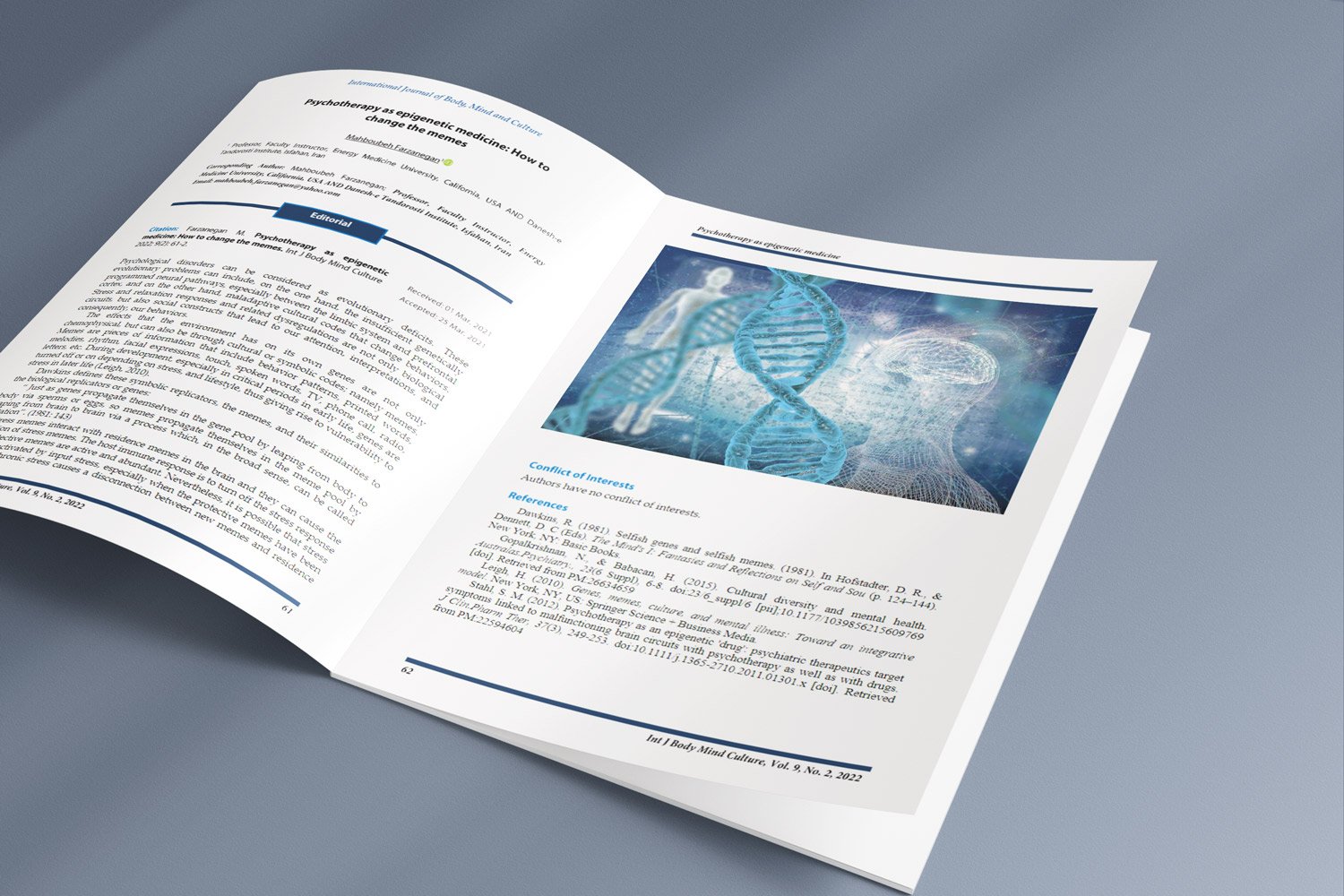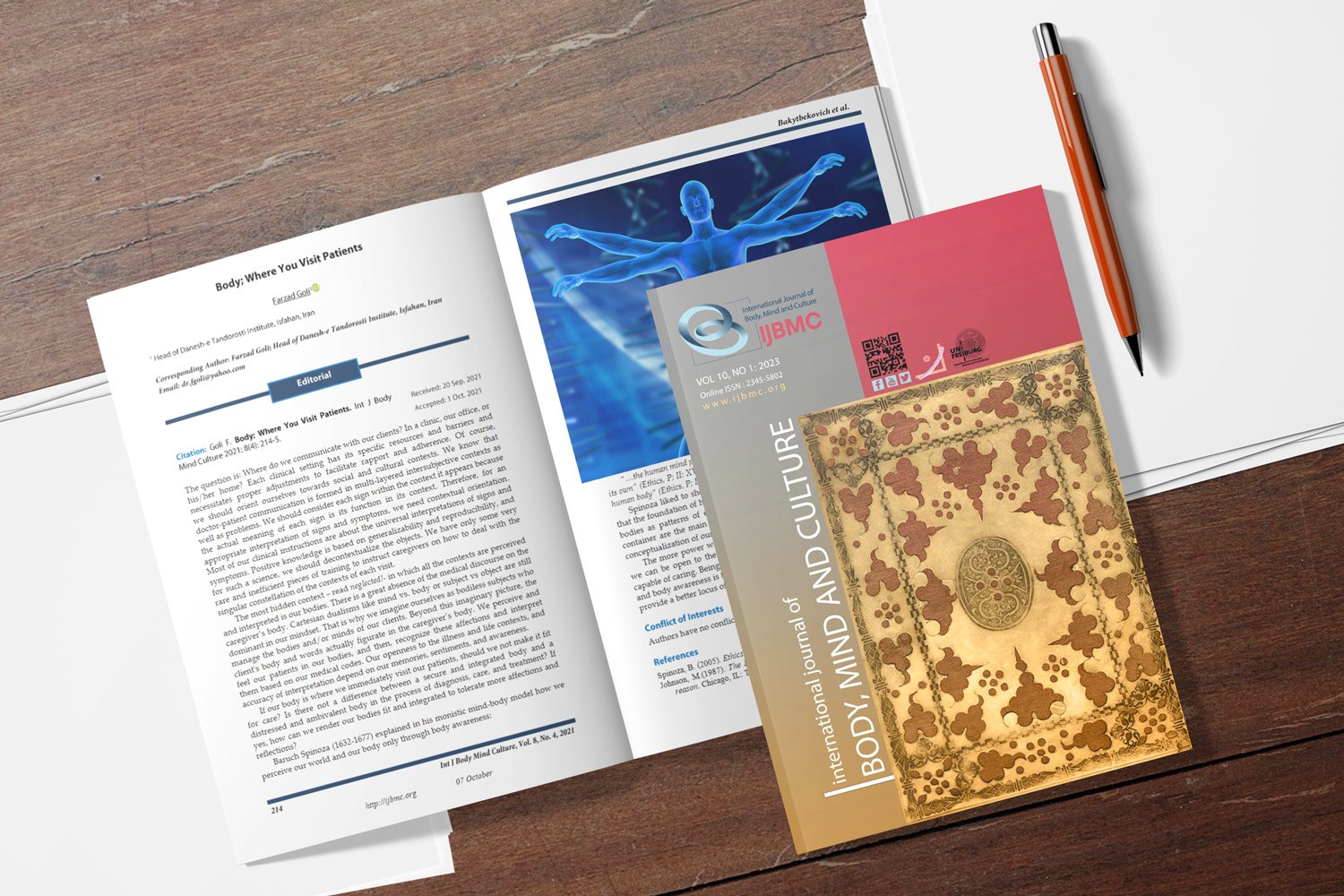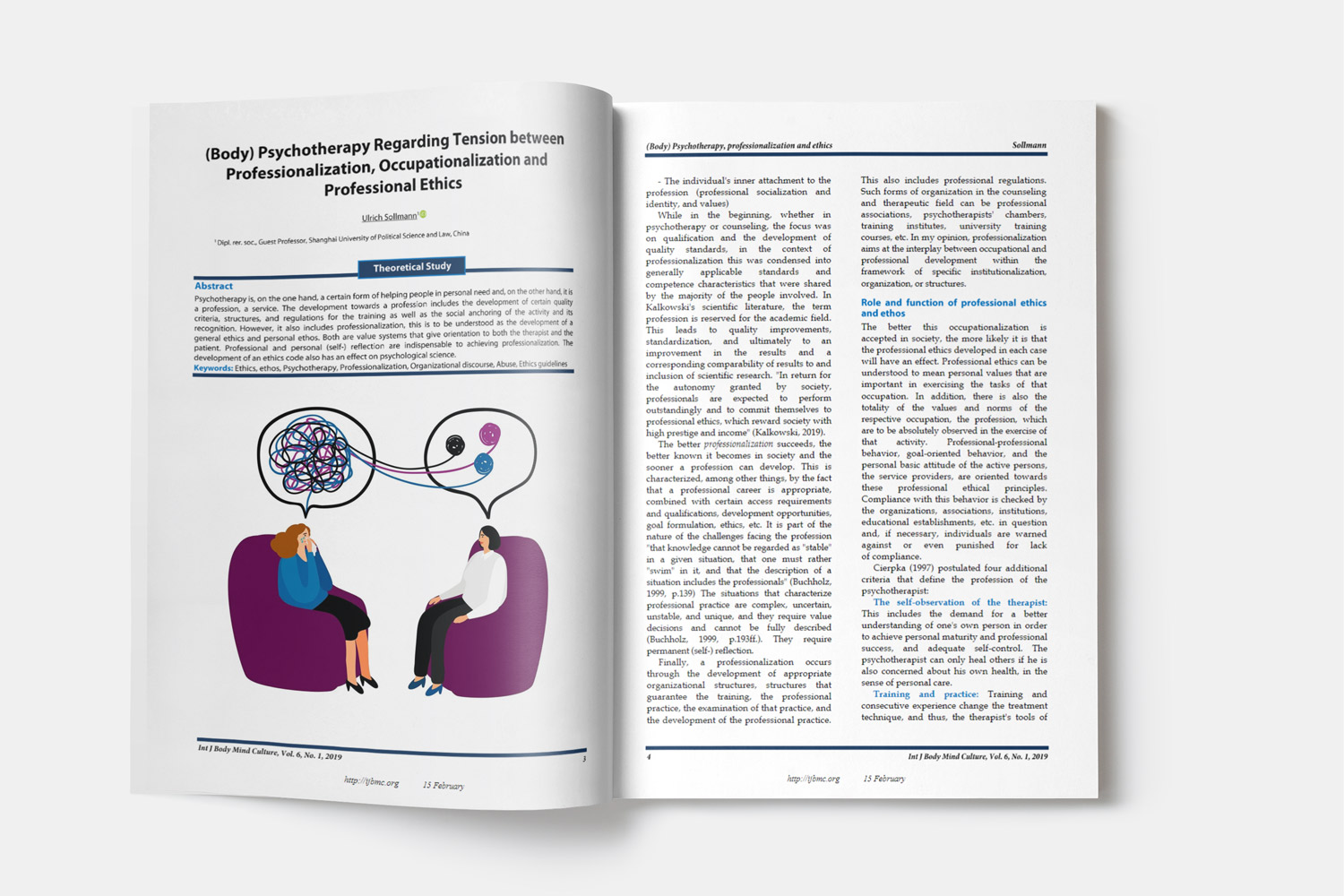Comparing the Effectiveness of Schema Therapy and Integrated Cognitive-Speech Approach on Negative Emotions and Distress Tolerance in People Suffering from Stuttering
Downloads
Background: Stuttering is a communication disorder that includes primary and secondary behaviors. One of the problems in generalizing and consolidating the treatment of people with stuttering disorder is the inappropriate attitudes that have been created toward these people. This study was conducted with the aim to compare the effectiveness of schema therapy and integrated cognitive-speech approach on distress tolerance and negative emotions in people with stuttering disorder.
Methods: This quasi-experimental study was performed with a pretest-posttest design, follow-up, and a control group. The statistical population included all people with stuttering disorder of 18 to 30 years of age who referred to speech therapy clinics in Sabzevar, Iran, in 2019. The hidden part of stuttering, which includes emotions, feelings, fears, and worries arises in the minds of stutterers with age. Accordingly, in this study, adult stutterers of 18-30 years of age were considered. The statistical sample included 30 people with stuttering disorder who were selected using convenience sampling and were randomly assigned to two experimental groups and one control group (10 people in each group). The first experimental group received schema therapy in 12 sessions of 60 minutes and the second experimental group received integrated cognitive-speech therapy in 12 sessions of 60 minutes, while the control group did not receive any treatment. The research instruments were the Positive and Negative Affect Schedule (PANAS) designed by Watson and Tellegen (1985) and the Distress Tolerance Scale (DTS) developed by Simmons and Gaher (2005). Data collection was conducted in the pretest, posttest, and follow-up stages. The collected data were analyzed using repeated measures analysis of variance (ANOVA) and Tukey’s post hoc test in SPSS software.
Results: The results showed that there was a significant difference between the mean pretest, posttest, and follow-up scores of distress tolerance and negative emotions in the two experimental groups and control group (P < 0.05). Moreover, the significance of the interaction between the stages and the experimental groups in the mentioned variables indicates that, in the posttest and follow-up stages, the mean of the experimental groups differed significantly from that of the control group (F = 4.67, P = 0.016; F = 7.658, P = 0.002; F = 8.87, P = 0.001; F = 11.56, P = 0.001; P < 0.05).
Conclusion: The results showed that the two interventions of schema therapy and integrated cognitive-speech approach could greatly reduce negative emotions and increase distress tolerance and be used in the treatment of patients with stuttering disorder, but only the integrated cognitive-speech approach was effective on the distress tolerance index.
Downloads
Abyar, Z., Ahmadi Nasrabad Sofla, S., Mousavi Kia, S. S., & Zamani, N. (2019). The effect of teaching on tolerance skills, awareness, adjustment and individual efficiency on harmful remedies, depression, anxiety and stress in children with stuttering language. Health Research Journal, 4(3), 145-151.
Andami Khoshk, A. (2013). The mediating role of resilience in the relationship between cognitive emotion regulation and tolerance for life satisfaction [MSc Thesis]. Tehran, Iran: Allameh Tabataba'i University.
Bakhshipour, R., & Dezhkam, M. (2006). A confirmatory factor analysis of the Positive Affect and Negative Affect Scales (PANAS). Journal of Psychology, 9(4), 351-365.
Bidari, F., & Hajializadeh, K. (2019). Effectiveness of schema therapy on cognitive strategies of emotion, distress bearing and alexithymia in the patients suffering from borderline personality disorder. Psychological Studies, 15(2), 165-180.
Blomgren, M., Roy, N., Callister, T., & Merrill, R. M. (2005). Intensive stuttering modification therapy: a multidimensional assessment of treatment outcomes. J Speech Lang.Hear.Res, 48(3), 509-523. doi:10.1044/1092-4388(2005/035) [doi]. Retrieved from PM:16197269
Cernak, M., Asaei, A., & Hyafil, A. (2018). Cognitive speech coding: Examining the impact of cognitive speech processing on speech compression. IEEE Signal Process Mag, 35(3), 97-109.
Dadomo, H., Grecucci, A., Giardini, I., Ugolini, E., Carmelita, A., & Panzeri, M. (2016). Schema therapy for emotional dysregulation: Theoretical implication and clinical applications. Front.Psychol, 7 , 1987. doi:10.3389/fpsyg.2016.01987 [doi]. Retrieved from PM:28066304
Dale, R. (2015). An integrative research strategy for exploring synergies in natural language performance. Ecol Psychol, 27(3), 190-201.
Erfan, A., Noorbala, A. A., Karbasi, A. S., Mohammadi, A., & Adibi, P. (2018). The effectiveness of emotional schema therapy on the emotional schemas and emotional regulation in irritable bowel syndrome: Single subject design. Adv Biomed Res, 7, 72. doi:10.4103/abr.abr_113_16 [doi];ABR-7-72 [pii]. Retrieved from PM:29862221
Farazi, M., Gholami, L., Khodabakhshi, A., Shemshadi, H., & Rahgozar, M. (2014). The effect of a combination of cognitive therapy and speech in stutterers. Thought and Behavior in Clinical Psychology, 8(30), 37-46. 8
Farazi, M. (2017). Stuttering at a glance (pp. 119-127). Tehran, Iran: Roshd Farhang Publications.
Farazi, M., Gholami Tehrani, L., Khodabakhshi-Koolaee, A., Shemshadi, H., & Rahgozar, M. (2015). Effectiveness of integrated cognitive - speech approaches to the treatment of adult stuttering. Speech and Language Pathology, 1(2), 8-18.a
Ghaderi, F., Kalantari, M., & Mehrabi, H. (2016). Effectiveness of group schema therapy on early maladaptive schemas modification and reduce of social anxiety disorder symptoms. Clinical Psychology Studies, 6(24), 1-28.
Jashnpour, M. (2017). The relationship between emotion regulation problems, tolerance of distress and inefficient attitudes with addiction to physical and motor disabilities in Kermanshah [MSc Thesis]. Kermanshah, Iran: Faculty of Social Sciences and Education, Razi University.
Khasho, D. A., van Alphen, S. P. J., Heijnen-Kohl, S. M. J., Ouwens, M. A., Arntz, A., & Videler, A. C. (2019). The effectiveness of individual schema therapy in older adults with borderline personality disorder: Protocol of a multiple-baseline study. Contemp.Clin Trials.Commun, 14, 100330. doi:10.1016/j.conctc.2019.100330 [doi];S2451-8654(18)30092-9 [pii];100330 [pii]. Retrieved from PM:30775612
Kim, E. H., Crouch, T. B., & Olatunji, B. O. (2017). Adaptation of behavioral activation in the treatment of chronic pain. Psychotherapy (Chic.), 54(3), 237-244. doi:2017-28269-001 [pii];10.1037/pst0000112 [doi]. Retrieved from PM:28661164
Kulgildinova, T., Klara, K., Kulyay, Z., Yelubayeva, P., Languages, R., Kazakhstan, A. et al. (2017). Integration of the cognitive and communicative approach in the practice of language education of students. Annals of the Brazilian Academy of Sciences, 89(3 Suppl), 2260-2270.
Makvand Hoseini, S., Najafi, M., & Khaleghi, R. (2018). Relationship between brain-behavioral systems activity mediated by positive and negative emotions on social anxiety of students. Neuropsychology, 3(10), 63-80.
Manning, W. H. (2010). Clinical decision making in fluency disorders. Clifton Park, NY: Delmar, Cengage Learning.
Menzies, R. G., Onslow, M., Packman, A., & O'Brian, S. (2009). Cognitive behavior therapy for adults who stutter: A tutorial for speech-language pathologists. J Fluency Disord, 34(3), 187-200. doi:S0094-730X(09)00071-0 [pii];10.1016/j.jfludis.2009.09.002 [doi]. Retrieved from PM:19948272
Mirkhan, N. S., Khalatbari, J., & Tajeri, B. (2019). Comparison of the effectiveness of acceptance and commitment therapy and schema therapy on resiliency of breast cancer patients in east Tehran medical centers. Iranian Journal of Educational Sociology, 2(1), 171-177.
Mozaffari, A. (2019 May 1-3.). The effectiveness of schema therapy on the level of stuttering in adults aged 25 to 35 years. Proceedings of the 17th Iranian Speech Therapy Congress; Tehran, Iran.
Naragon-Gainey, K., McMahon, T. P., & Chacko, T. P. (2017). The structure of common emotion regulation strategies: A meta-analytic examination. Psychol Bull, 143(4), 384-427. doi:2017-11358-001 [pii];10.1037/bul0000093 [doi]. Retrieved from PM:28301202
Renner, F., DeRubeis, R., Arntz, A., Peeters, F., Lobbestael, J., & Huibers, M. J. H. (2018). Exploring mechanisms of change in schema therapy for chronic depression. J Behav Ther Exp.Psychiatry, 58, 97-105. doi:S0005-7916(17)30079-4 [pii];10.1016/j.jbtep.2017.10.002 [doi]. Retrieved from PM:29035800
Riley, G. D., & Bakker, K. (2009). Stuttering Severity Instrument: SSI-4 (4th ed ed.). Austin, TX: Pro-Ed.
Sadock, B. J., Sadock, V. A., & Ruiz, P. (2014). Kaplan and Sadock's synopsis of psychiatry: Behavioral sciences/clinical psychiatry. Philadelphia, PA: Lippincot Williams and Wilkins.
Safari Hafshejani, Z., & Khoramshahi, H. (2020). A review of effective treatments for adult stuttering. Jundishapur Sci Med J, 18(6), 559-570.
Scheurich, J. A., Beidel, D. C., & Vanryckeghem, M. (2019). Exposure therapy for social anxiety disorder in people who stutter: An exploratory multiple baseline design. J Fluency Disord, 59, 21-32. doi:S0094-730X(18)30090-1 [pii];10.1016/j.jfludis.2018.12.001 [doi]. Retrieved from PM:30578977
Seyf Hosseini, A., Asadi, J., Sanagoo, A. K. R. A., & Khajvandkhoshly, A. (2019). Comparison of schema therapy based on group therapy and mindfulness based stress reduction on resiliency in mothers of children with cancer. Med J Mashad Univ Med Sci, 62(Special Issue 1), 411-420.
Sharifi, H. P., & Sharif, N. (2009). Principles of psychometrics and psychoanalysis. Tehran: Roshd Publications.
Shokhmgar, Z. (2016). Effectiveness of schema therapy in reducing mental health problems caused by extramarital relationships in couples. Journal osf Health Breeze (Family
Health), 5(1), 34-39.
Simons, J. S., & Gaher, R. M. (2005). The distress tolerance scale: development and validation of a self-report measure. Motiv Emot, 29(2), 83-102.
Taghizadeh, M. E., Yarolahi, N. A., & Bahrami, Z.. (2018). Investigation the effectiveness of the mind simulation model on reducing stress and increasing cognitive flexibility in adult with stuttering disorder. Shenakht Journal of Psychology and Psychiatry, 5(2), 67-80.
Watkins, K. E., Smith, S. M., Davis, S., & Howell, P. (2008). Structural and functional abnormalities of the motor system in developmental stuttering. Brain, 131(Pt 1), 50-59. doi:awm241 [pii];10.1093/brain/awm241 [doi]. Retrieved from PM:17928317
Watson, D., & Tellegen, A. (1985). Toward a consensual structure of mood. Psychol Bull, 98(2), 219-235. doi:10.1037//0033-2909.98.2.219 [doi]. Retrieved from PM:3901060
Watson, D., Clark, L. A., & Tellegen, A. (1988). Development and validation of brief measures of positive and negative affect: the PANAS scales. J Pers Soc Psychol, 54(6), 1063-1070. doi:10.1037//0022-3514.54.6.1063 [doi]. Retrieved from PM:3397865
Watson, D., Clark, L. A., & Tellegen, A. (1988). Development and validation of brief measures of positive and negative affect: the PANAS scales. J Pers Soc Psychol, 54(6), 1063-1070. doi:10.1037//0022-3514.54.6.1063 [doi]. Retrieved from PM:3397865
Wingate, M. E. (1969). Sound and pattern in "artificial" fluency. J Speech Hear.Res, 12(4), 677-686. doi:10.1044/jshr.1204.677 [doi]. Retrieved from PM:5385718
Young, J. E., Klosko, J.S. & Weishaar, M. E. (2014). Schema therapy: A practical guide (pp. 27-29). Trans. Hamidpoor H, Andoz, Z. Tehran, Iran: Arjmand Publications.
Young, J. E., Klosko, J. S. & Weishar, M. E. (2003). Schema therapy: A practitioner's guide. New York, NY: The Guidford Press.
Zautra, A. J., Hall, J. S., & Murray, K. E. (2010). Resilience: A new definition of health for people and communities. In Handbook of adult resilience (pp. 3-29). New York, NY, US: The Guilford Press.
Zvolensky, M. J., Bernstein, A., & Vujanovic, A. A. (2011). Distress tolerance: Theory, research, and clinical applications. New York, NY, US: The Guilford Press.
Copyright (c) 2022 International Journal of Body, Mind and Culture

This work is licensed under a Creative Commons Attribution-NonCommercial 4.0 International License.

